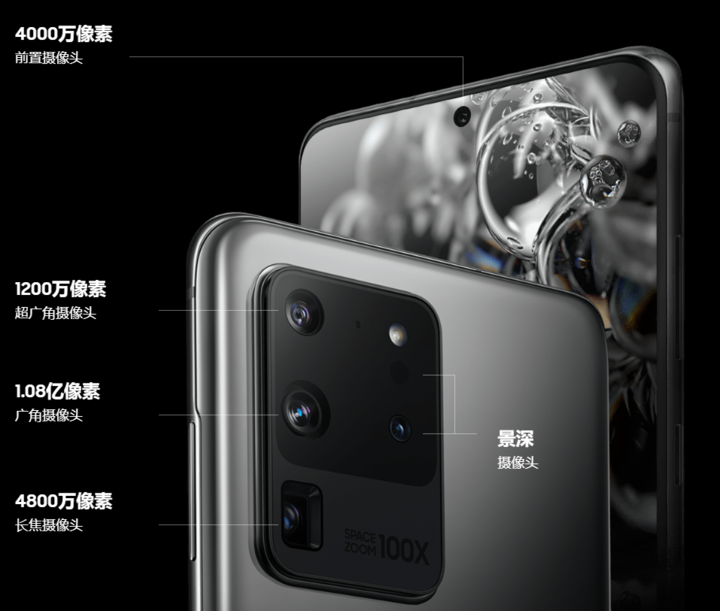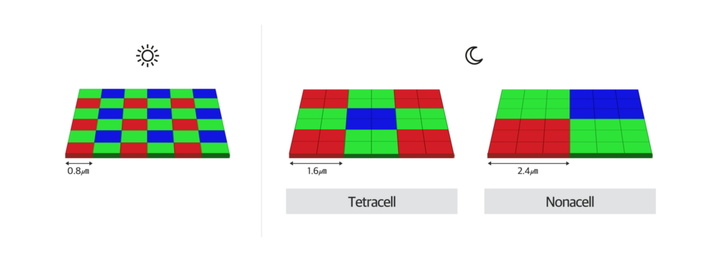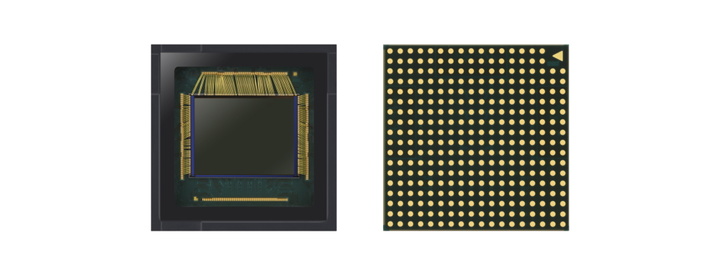Samsung released the Galaxy S20 series on Unpacked on Wednesday. The Galaxy S20 Ultra, the flagship of the series, has a main camera of 108 million pixels.
After the press conference, some netizens speculated that Samsung might use the ISOCELL Bright HMX previously used on Xiaomi CC9 Pro On my own new machine, but it is not, Samsung used a new CMOS for the S20 Ultra this time.

This new CMOS is named ISOCELL Bright HM1 (S5KHM1), Samsung’s Newsroom on the official website Announcement is called” Next Generation 108 Million Pixel Sensor “.
The characteristic of this sensor is to provide nonacell technology of nine-in-one pixel synthesis under the specification of 1 / 1.33 inches. Each pixel is 0.8μm in size and arranged in a 3 × 3 structure to synthesize a large pixel of 2.4μm. Achieves twice the amount of light as Tetracell 4-in-1 pixels (1.6μm).

So, although the Galaxy S20 Ultra still has 12 million pixels, this is 12 million based on 2.4μm large pixels. Compared to the 1.6μm HMX 4-in-1, the HM1’s dark light performance will be better. Therefore, Samsung also repeatedly emphasized the S20 Ultra’s night-time photo shooting ability at the press conference, which is one of the use cases that can best reflect this CMOS large pixel and high light input.
Of course, this new CMOS also has support for 8K video and real-time HDR high-definition shooting, which can be used in taking pictures and shooting videos to improve the filming rate in complex light environments. At the same time, the CMOS also supports EIS anti-shake and Super-PD focusing technology based on the gyro sensor.

The Smart-ISO technology previously appeared in Bright HMX also appears in this new product for use with Nonacell. This technology automatically adjusts the CMOS sensitivity value according to the use of ambient light. For example, in low-light scenes, CMOS automatically increases the amount of incoming light to increase the brightness of the screen; in scenes with sufficient light, CMOS automatically lowers Enter the light to ensure the color saturation of the picture without affecting the color of the scene due to the high ambient brightness.
According to Samsung ’s official announcement, the ISOCELL Bright HM1 sensor is currently in mass production. Therefore, the author also speculates that this year’s 100-megapixel mobile phone should be more than Xiaomi 10 Pro and Galaxy S20 Ultra, and there will be more 100-megapixel mobile phones coming out.
In addition, some netizens recently disclose Realme will also release a 100-megapixel camera phone, which may be specifically realme was originally scheduled for the X50 Pro released by MWC, but since MWC has announced that canceled , this new realme may be We won’t be able to see us until March.